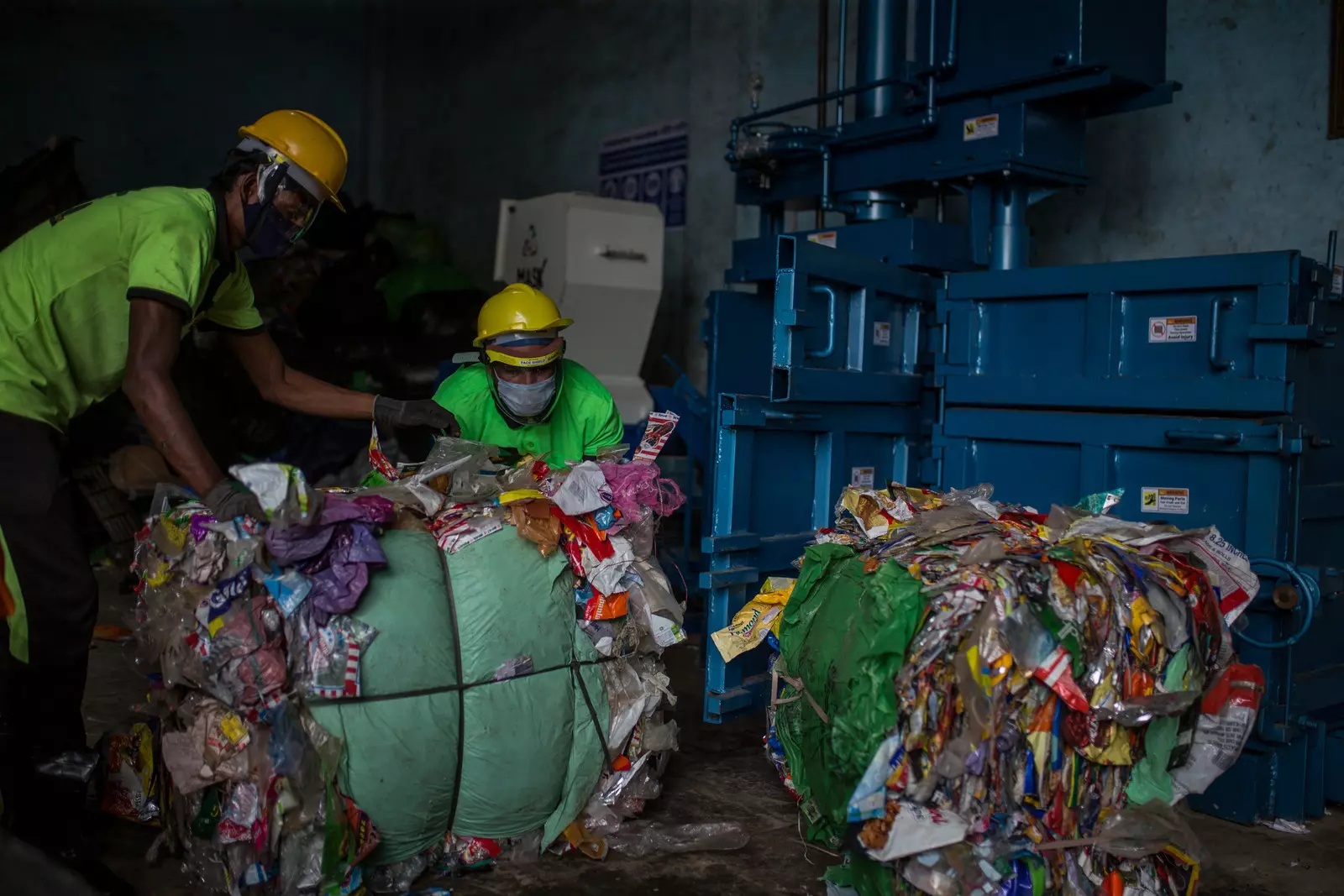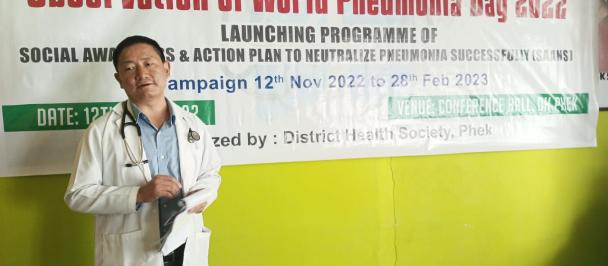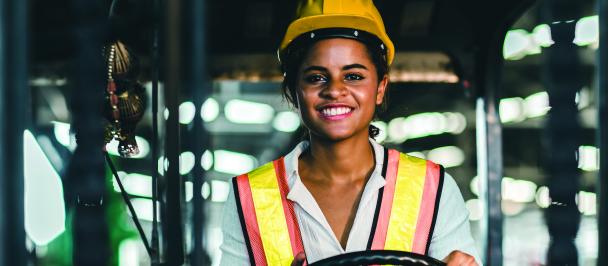Ashish Chaturvedi, Head, Energy, Environment and Resilience
India shows how investing in smaller projects can drive large-scale green transformation
December 16, 2022

Green projects in India reveal how transformative change can be replicated across the world.
Driving from Mumbai’s airport towards the suburb of Bandra, gives one a view of the Bandra Worli Sea Link – an engineering masterpiece that reduces travel time by 70%. It also provides an opportunity to drive over the beautiful Arabian Sea, an experience in itself.
As you turn to the right, you reach another masterpiece unheard of thus far but one that should be celebrated as much as the Sea Link. A busy material recovery facility (MRF), hidden underneath a flyover at the end of the Sea Link, which manages 10 tonnes of waste daily. Operated by an NGO, Aasra, with the support of UNDP, private sector partners, and the Municipal Corporation of Greater Mumbai, the facility works closely with the local community.
The drive over the Arabian Sea may be more enticing than the piles of PET bottles, crisp bags, and dry waste at the MRF, but the facility has the allure of a thriving and bustling enterprise conscious of its contribution to the environment and the local community.
Investing in transformative change
These two infrastructure types are symptomatic of the many choices societies will have to make as they embark on transformative change from fossil fuel-dependent linear economies to low-carbon circular economies. Some of these choices, like the Sea Link, would require massive investments. These capital-intensive investments need mobilization of resources from domestic and international capital markets, that require complex and elaborate structuring from financial markets to de-risk investment through innovative instruments.
At the same time, transformative solutions, like the MRF, would also require capital. The scale of investments needed for each MRF will be smaller, but the total investment in the waste management sector is comparable within orders of magnitude. Carefully executed smaller investments, like the MRF, are as capable of triggering transformative change as large investments. However, they might need to offer the possibilities of scaling up that entice large and institutional financiers. Such investments can be scaled-out and replicate models at different locations that empower local entrepreneurs and provide context-specific solutions.
The focus of the financial community and policymakers globally remains on large-scale investments. Of course, these large-scale investments are essential because they have the potential to make a substantial dent in emissions. Also, investments at scale are attractive for financiers as the transaction costs are lower.
Global financial flows must increase substantially to provide the means of implementation for achieving the Sustainable Development Goals. Significant competition exists for scarce capital, and not all bankable projects attract the requisite funding. In such a scenario, financiers will likely prioritise capital-intensive large-scale projects.
Such prioritization will come at the expense of small-scale projects. The small-scale projects are, however, likely to not only address climate change but also respond to other development imperatives of large developing economies, such as creating jobs for large numbers of people and pulling them out of multidimensional poverty.
Small-scale green projects with big impact
Choosing between these investments is most likely incorrect, especially for developing countries. Over the last decade, the Indian experience has had many cases to offer that serve as examples of investments of both types. For instance, investments in utility-scale solar have expanded at an unprecedented pace making India the fourth largest in terms of installed capacity globally. Similarly, massive investments have poured in for public transportation in railways, metros as well as procurement of buses.
At the same time, programmes such as the Swachh Bharat Mission have created labour-intensive solutions such as MFRs. The programme intends to expand its outreach and generate more than 2,000 material recovery facilities across the country.
Climate-smart agriculture initiatives like Rythu Bandhu in Telangana have empowered small-scale farmers to adopt a package of climate-friendly practices and de-risk their livelihoods. The KUSUM programme has brought solar water pumps to hundreds of thousands of farmers, supporting livelihoods while mitigating climate change.
The focus and the money must also shift to these small-scale solutions. Financiers sitting in unfamiliar surroundings would rarely understand the business models behind small-scale solutions. The tried and tested business models under the Indian conditions can be taken to countries in Africa, Asia, and vulnerable Small Island Developing States (SIDS).
Digital platforms, such as the Jan Dhan, Aadhaar and Mobile (JAM) trinity, which is the backbone of these innovations, could serve the global north too. India has the potential to champion small-scale solutions and offer them as a part of both its south-south and north-south engagements.
India's G20 Presidency and beyond
India's G20 Presidency provides an opportunity to raise the profile and scale of these solutions in the developed part of the world. At the same time, the learnings derived from taking technology to the ground, for climate action, financial inclusion and social protection in developing countries.
Significant breakthroughs in generating large-scale employment that are actually “green jobs” are likely to emerge from such experiments. The fork in the road at the end of the Sea Link should encourage us to embark on the one less travelled. Many green and inclusive transformations are likely to happen on that journey.
Read this original article here.

 Locations
Locations

